Home>Gardening & Outdoor>Landscaping Ideas>When Is It Too Cold To Cut Grass
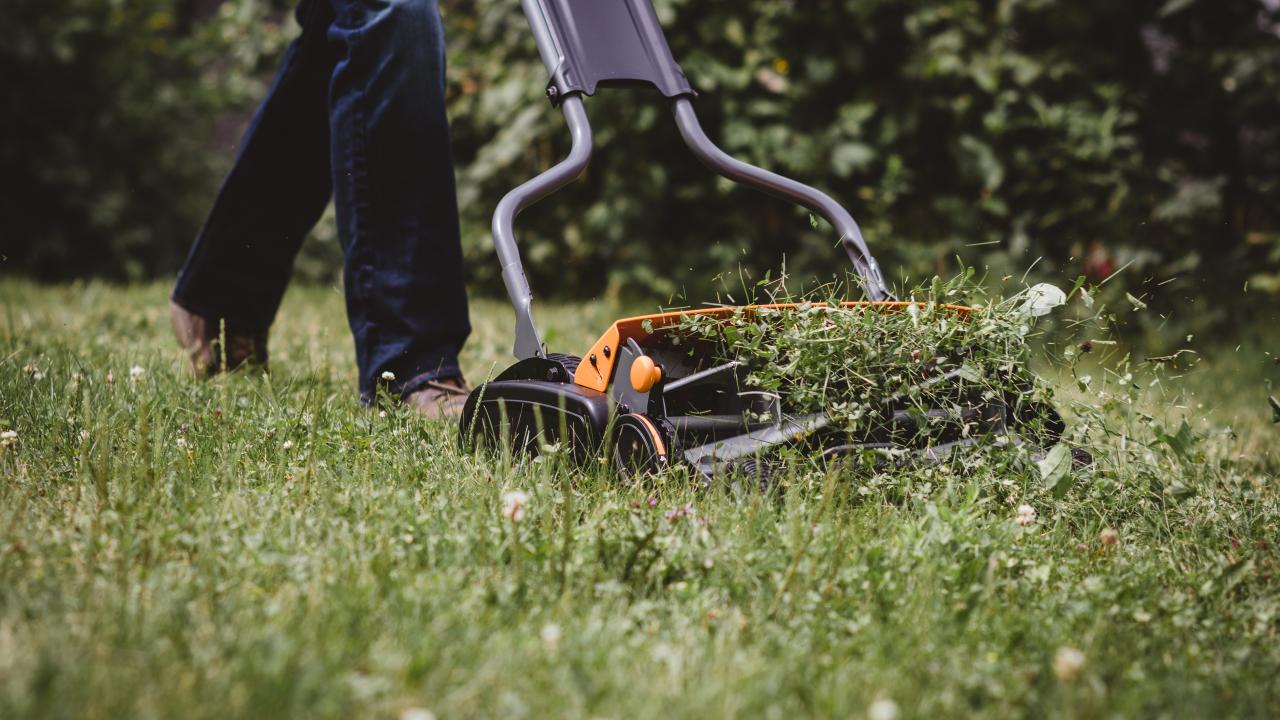

Landscaping Ideas
When Is It Too Cold To Cut Grass
Modified: February 18, 2024
Learn when it's too cold to cut grass and get expert landscaping ideas to maintain your lawn in any weather. Keep your yard looking its best!
(Many of the links in this article redirect to a specific reviewed product. Your purchase of these products through affiliate links helps to generate commission for Storables.com, at no extra cost. Learn more)
Introduction
As the seasons transition and temperatures fluctuate, the task of yard maintenance becomes a paramount concern for homeowners and landscaping enthusiasts. Among the various aspects of lawn care, the decision of when to cut grass is influenced by a multitude of factors, with temperature playing a significant role. In this article, we will delve into the considerations and risks associated with cutting grass in cold weather, as well as provide useful tips for maintaining a healthy lawn throughout the changing seasons.
When it comes to landscaping, understanding the impact of weather conditions on grass cutting is essential for preserving the health and aesthetics of your lawn. By exploring the ideal temperature for cutting grass and the potential hazards of mowing in cold weather, you can make informed decisions to nurture your outdoor space while avoiding unnecessary damage. Furthermore, we will discuss practical strategies for effectively managing lawn care during chilly periods, ensuring that your grass remains vibrant and resilient despite the cold.
Join us as we unravel the nuances of grass cutting in cold weather, empowering you to make informed choices that promote the vitality and beauty of your lawn throughout the year.
Key Takeaways:
- Mowing your lawn in cold weather can harm the grass. Aim for temperatures between 60°F and 75°F for the healthiest cut.
- To protect your lawn in chilly weather, adjust your mowing schedule, raise the cutting height, and keep an eye on the weather forecast for the best mowing conditions.
Read more: When Is It Too Late To Cut Grass
Factors to Consider
When contemplating the optimal time to mow your lawn, several factors come into play, each exerting a significant influence on the overall health and appearance of your grass. One of the foremost considerations is the prevailing weather conditions, particularly the temperature. Cold weather can pose unique challenges to grass cutting, impacting both the grass itself and the effectiveness of the mowing process.
Another crucial factor is the type of grass in your lawn. Different grass species have varying temperature tolerances and growth patterns, necessitating tailored care based on their specific requirements. Additionally, the moisture content of the grass and soil is a key determinant, as excessively wet or frozen conditions can impede the mowing process and potentially harm the grass.
Furthermore, the frequency of mowing and the height at which you cut the grass are essential factors to consider. In colder weather, grass growth tends to slow down, necessitating adjustments to your mowing schedule and cutting height to accommodate the changing conditions. Neglecting these considerations can compromise the health of your lawn and diminish its resilience against the challenges posed by cold weather.
By taking these factors into account, you can make informed decisions regarding the timing and execution of grass cutting, optimizing the health and appearance of your lawn while mitigating the potential risks associated with cold weather maintenance.
The Ideal Temperature for Cutting Grass
Understanding the ideal temperature for cutting grass is pivotal for preserving the health and vitality of your lawn. In general, the optimal temperature range for mowing grass lies between 60°F and 75°F (15°C to 24°C). This temperature range provides an ideal balance, facilitating efficient grass cutting while minimizing stress on the grass plants.
During periods of moderate temperatures, grass exhibits optimal growth and resilience, enabling it to recover swiftly from the mowing process. However, as temperatures veer towards the lower end of this range, it is crucial to exercise caution. Mowing when the temperature hovers around 50°F (10°C) or lower can impede the grass’s ability to recuperate, potentially causing damage and stunting its growth.
Conversely, excessively high temperatures can also pose challenges. Mowing when the mercury climbs above 85°F (29°C) can place undue stress on the grass, leading to dehydration and diminished resilience. In such conditions, it is advisable to defer mowing to cooler times of the day or opt for early morning or late afternoon sessions to minimize the impact of the heat.
By adhering to the ideal temperature range for grass cutting, you can promote the health and vigor of your lawn, fostering lush, resilient grass that enhances the visual appeal of your outdoor space. Moreover, aligning your mowing schedule with these temperature guidelines ensures that your lawn remains robust and well-equipped to withstand the challenges posed by varying weather conditions.
It is too cold to cut grass when the temperature is consistently below 40°F (4°C). Cutting grass in very cold temperatures can damage the grass and lead to slower growth in the spring.
Risks of Cutting Grass in Cold Weather
While maintaining a well-groomed lawn is a priority for many homeowners, cutting grass in cold weather presents a unique set of risks that can compromise the health and appearance of your lawn. One of the primary concerns is the impact of cold temperatures on the grass itself. When subjected to chilly conditions, grass plants may become more brittle and susceptible to damage during mowing, increasing the likelihood of uneven cuts and potential injury to the turf.
Cold weather also affects the moisture content of the grass and soil. Frosty or damp grass can clump together when mowed, impeding the dispersal of clippings and hindering the overall effectiveness of the mowing process. Additionally, the compacted nature of the soil in cold weather can impede the maneuverability of mowing equipment, leading to uneven cutting and potential damage to the turf.
Moreover, the reduced growth rate of grass in cold weather necessitates a cautious approach to mowing frequency. Overzealous mowing can place undue stress on the grass, inhibiting its ability to recover and regrow, ultimately diminishing the overall health and vibrancy of the lawn.
Furthermore, the potential for frost or frozen dew on the grass in the early hours of the morning can exacerbate the risks associated with cold weather mowing. Mowing under such conditions can exacerbate stress on the grass and lead to compaction of the frozen soil, impeding the flow of nutrients and moisture to the grassroots.
By recognizing and mitigating these risks, homeowners can adopt a proactive approach to cold weather lawn care, preserving the health and aesthetics of their grass while minimizing the potential for damage and stress.
Tips for Cutting Grass in Cold Weather
When confronted with the necessity of mowing the lawn in cold weather, implementing strategic measures can help mitigate the associated risks and promote the well-being of your grass. Here are some valuable tips to optimize the mowing process during chilly periods:
- Monitor the Weather: Keep a close eye on weather forecasts, aiming to schedule mowing sessions during milder periods to minimize the impact of cold temperatures on the grass.
- Adjust Mowing Height: Raise the cutting height of the mower to leave the grass slightly longer than usual. This adjustment provides added insulation to the grassroots and helps mitigate the potential stress caused by cold weather mowing.
- Choose the Right Time: Opt for mid-morning or early afternoon for mowing sessions, allowing the grass to thaw and dry out to reduce the risk of clumping and compaction.
- Sharpen Mower Blades: Ensure that the mower blades are sharp to facilitate clean cuts, minimizing the risk of damage to the grass and promoting swift recovery.
- Clear Debris: Prior to mowing, clear the lawn of debris, including fallen leaves and twigs, to prevent interference with the mowing process and ensure an even cut.
- Minimize Traffic: Limit foot traffic on the lawn during cold weather, as the grass is more susceptible to damage, compaction, and stress, which can exacerbate the impact of mowing.
- Address Wet Areas: If certain areas of the lawn remain consistently damp, consider addressing drainage issues to prevent waterlogging and facilitate effective mowing.
- Observe Grass Health: Monitor the condition of the grass after mowing to assess its resilience and recovery, adjusting future mowing practices accordingly.
By integrating these tips into your cold weather lawn care regimen, you can navigate the challenges of grass cutting while safeguarding the health and vitality of your lawn, ensuring that it remains lush and resilient despite the inclement weather.
Read more: When Is It Too Cold To Grow Grass
Conclusion
Grass cutting in cold weather demands a nuanced approach that balances the imperative of maintaining a well-groomed lawn with the need to safeguard the health and resilience of the grass. By considering factors such as temperature, grass type, and moisture content, homeowners can make informed decisions regarding the timing and execution of mowing, optimizing the overall well-being of their lawn.
Understanding the ideal temperature range for grass cutting and the associated risks of mowing in cold weather empowers homeowners to adopt proactive measures that mitigate potential damage and stress on the grass. By adhering to recommended mowing practices and integrating strategic tips, such as adjusting cutting height and monitoring weather conditions, individuals can effectively navigate the challenges of cold weather lawn care while preserving the lushness and vibrancy of their grass.
Ultimately, the art of grass cutting in cold weather lies in striking a delicate balance between aesthetic considerations and the health of the lawn. By embracing informed decision-making and implementing tailored strategies, homeowners can nurture a resilient, visually appealing lawn that thrives despite the seasonal chill, enhancing the outdoor space and enriching the overall landscape.
With a mindful approach to cold weather lawn care, homeowners can cultivate a thriving and picturesque lawn that serves as a testament to their dedication to preserving the natural beauty of their outdoor environment throughout the changing seasons.
Frequently Asked Questions about When Is It Too Cold To Cut Grass
Was this page helpful?
At Storables.com, we guarantee accurate and reliable information. Our content, validated by Expert Board Contributors, is crafted following stringent Editorial Policies. We're committed to providing you with well-researched, expert-backed insights for all your informational needs.
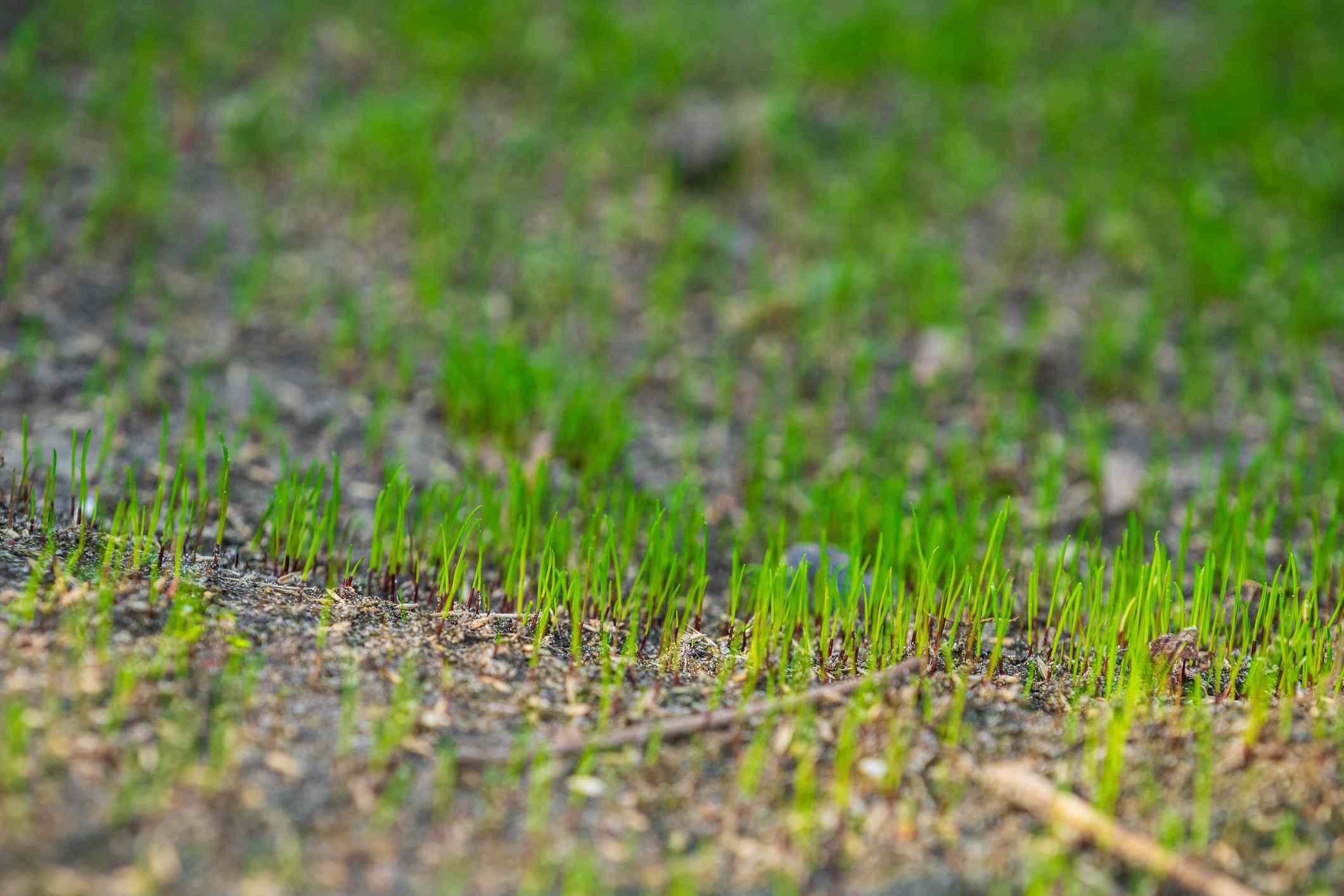
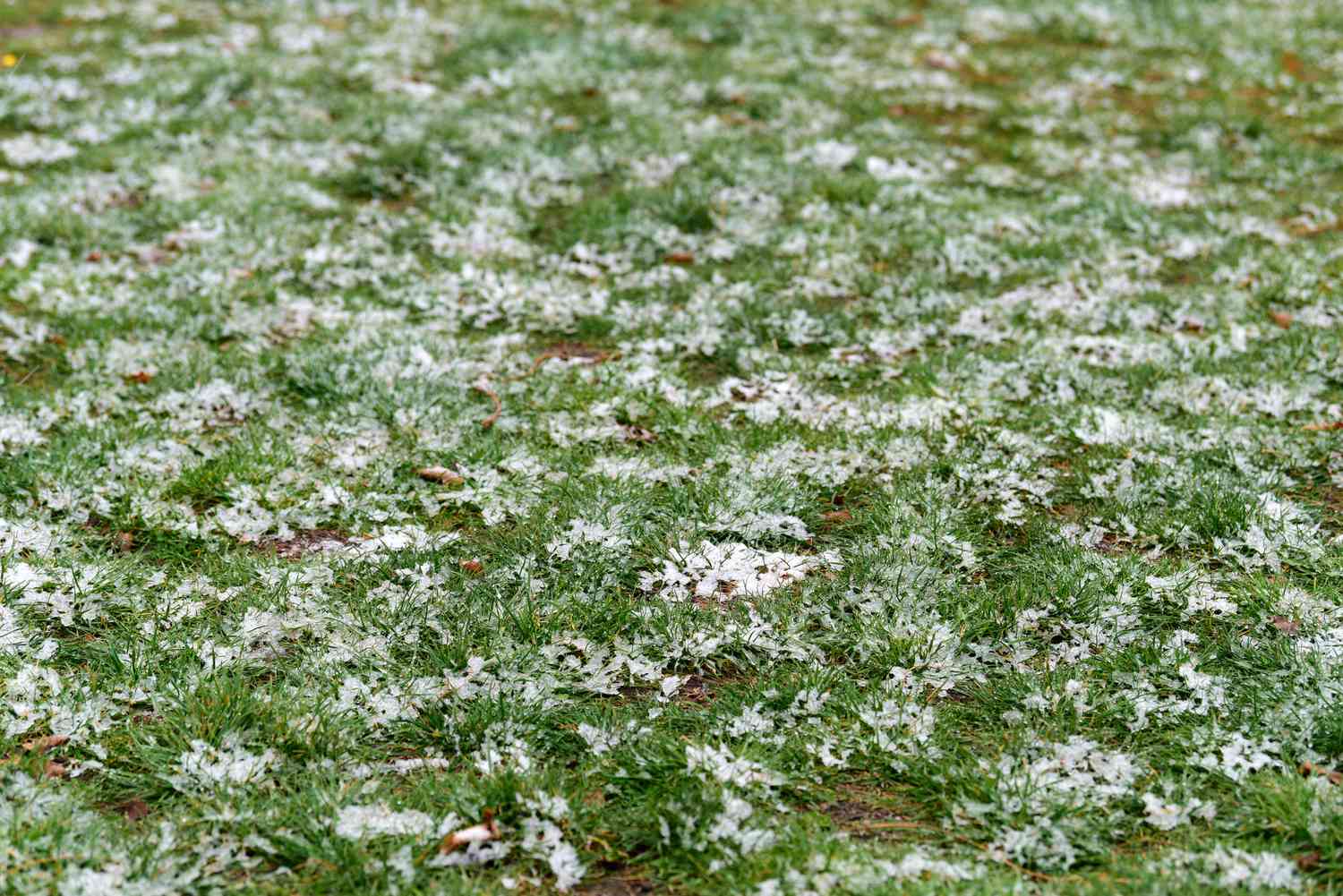
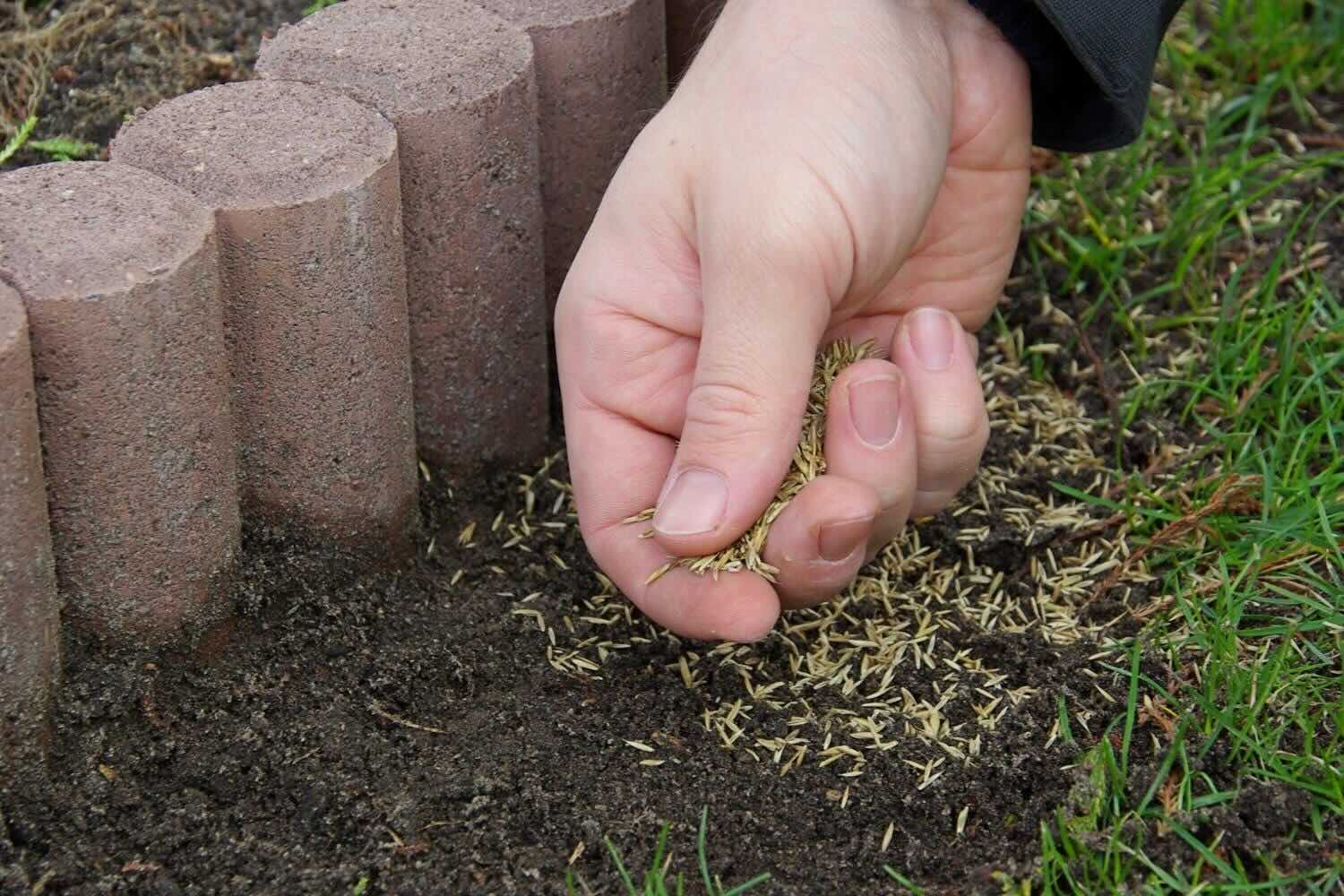
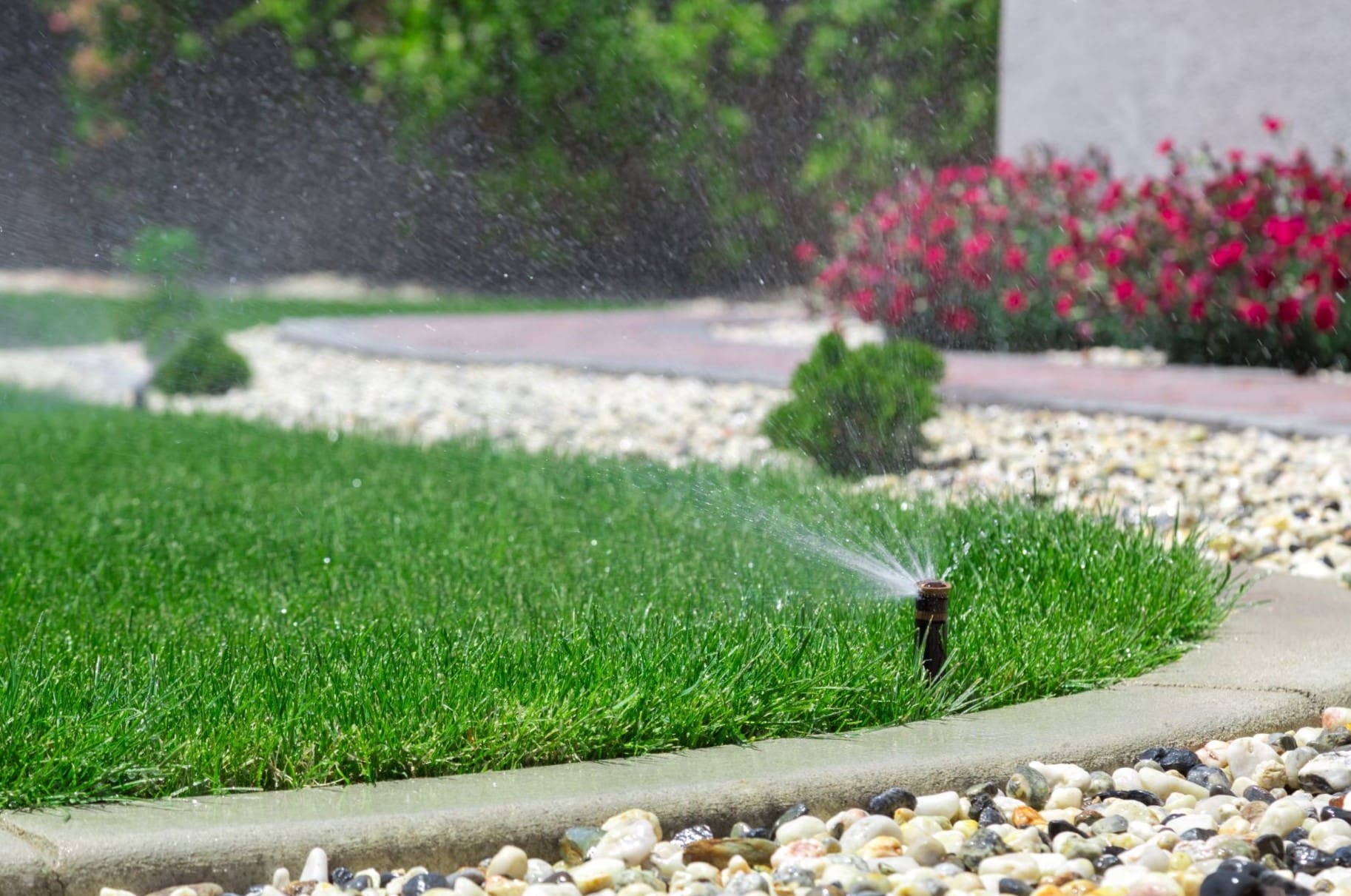
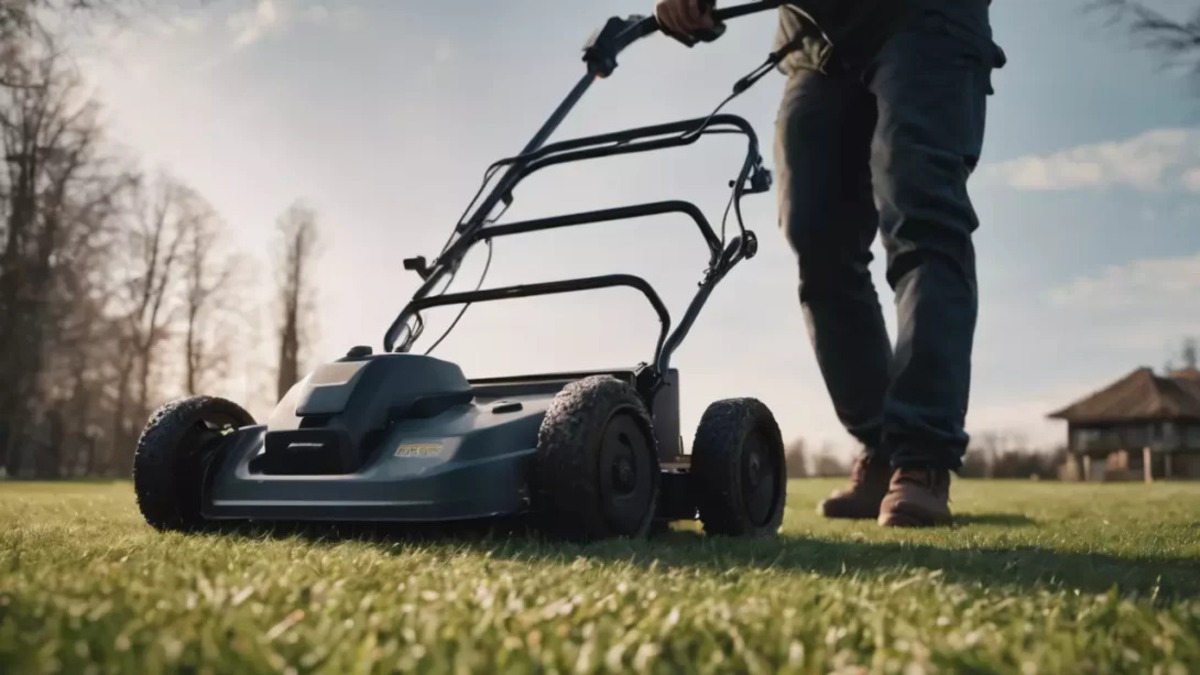

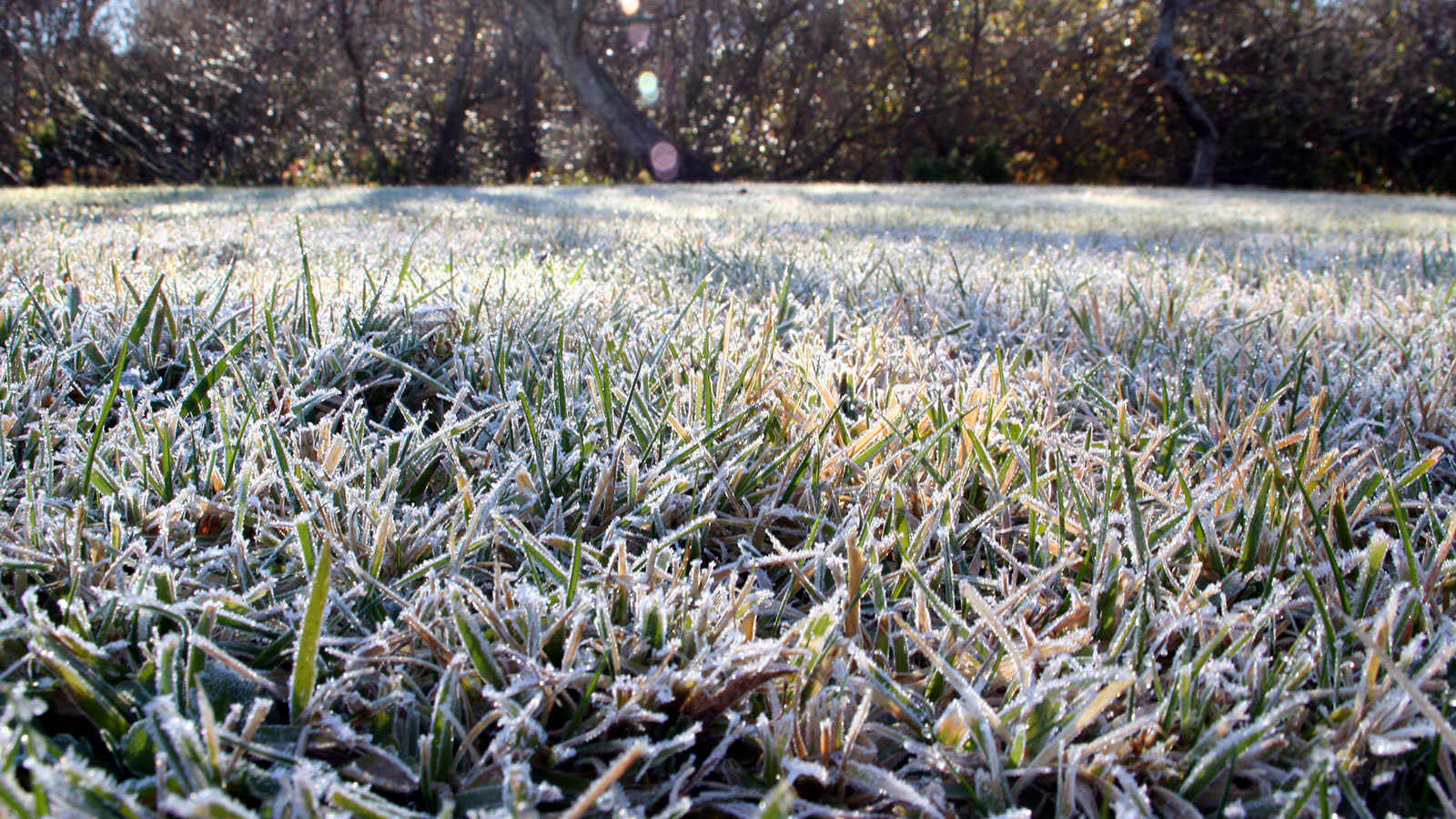
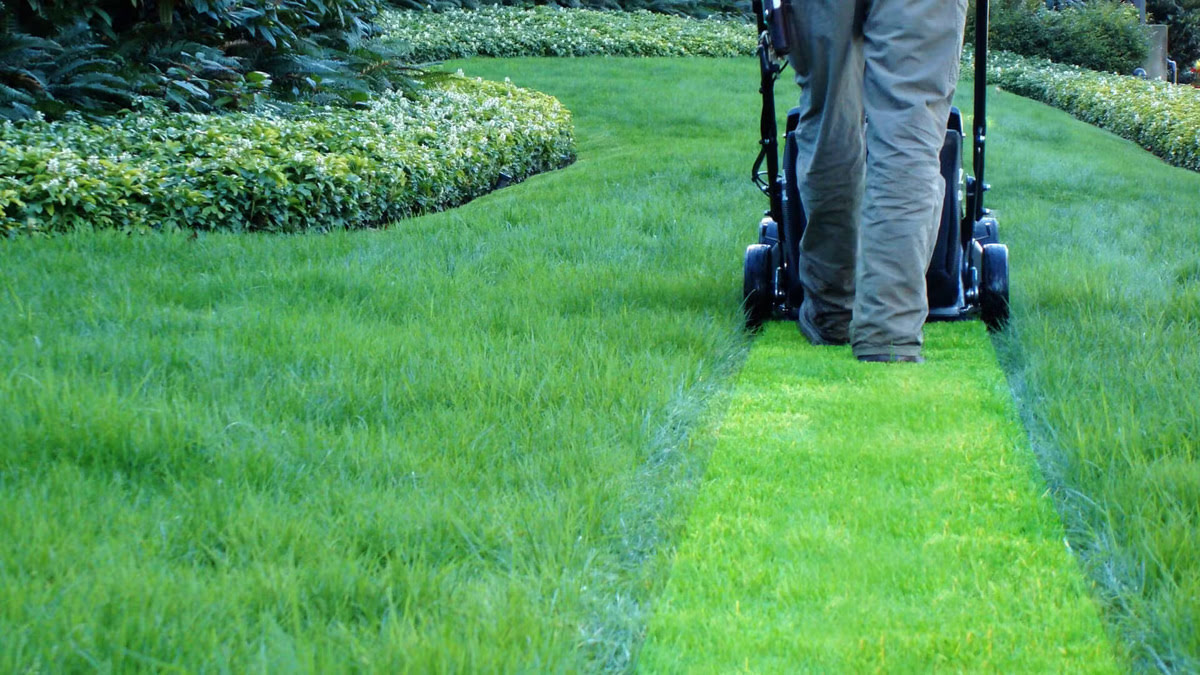
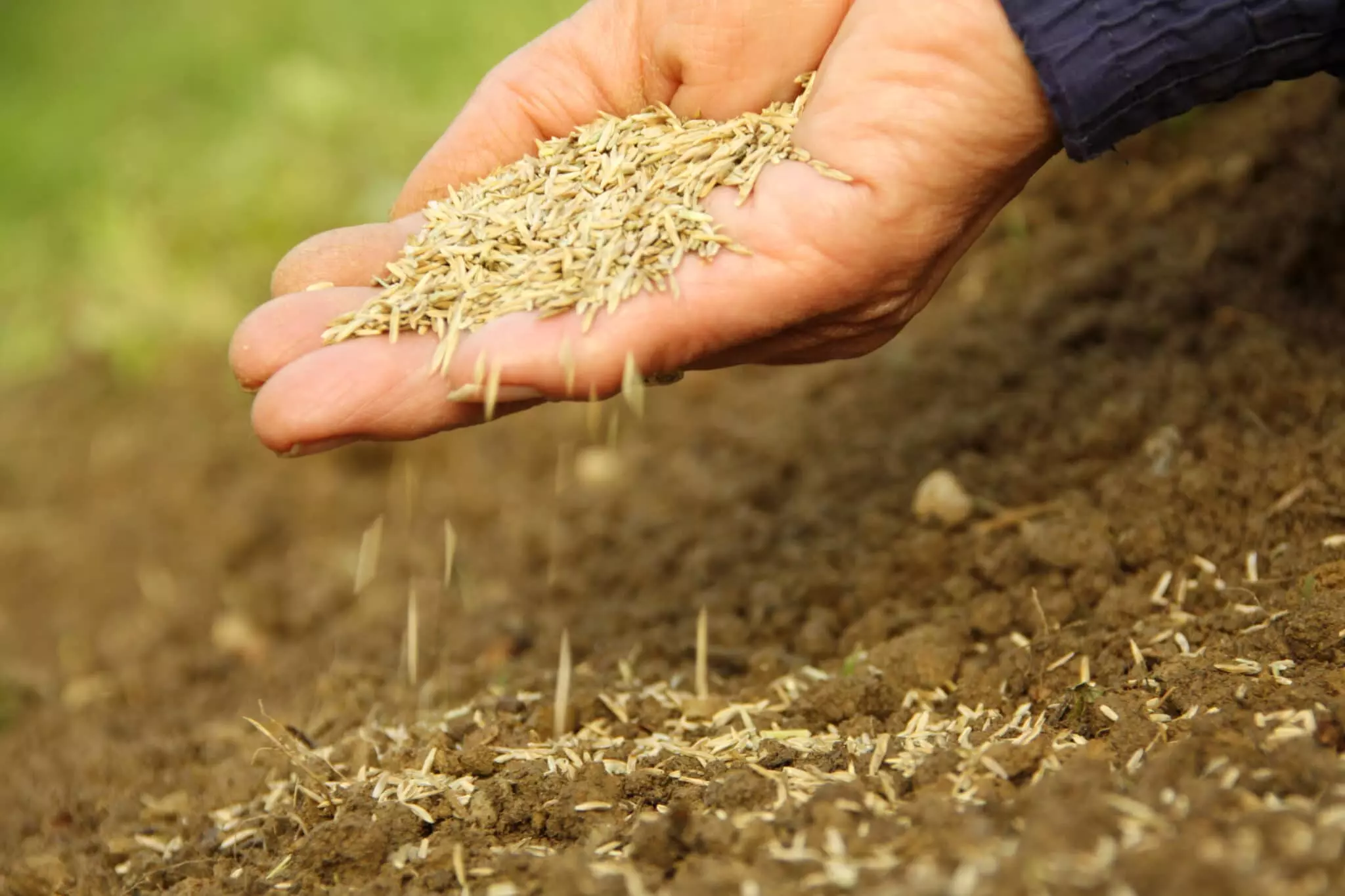


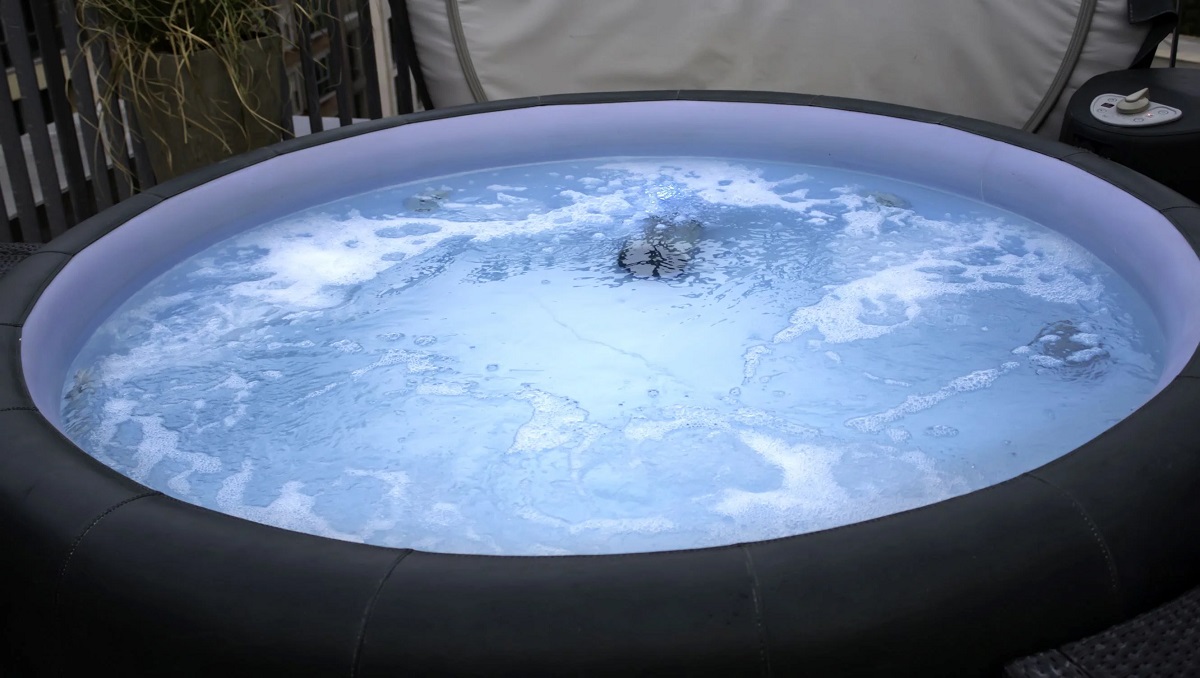
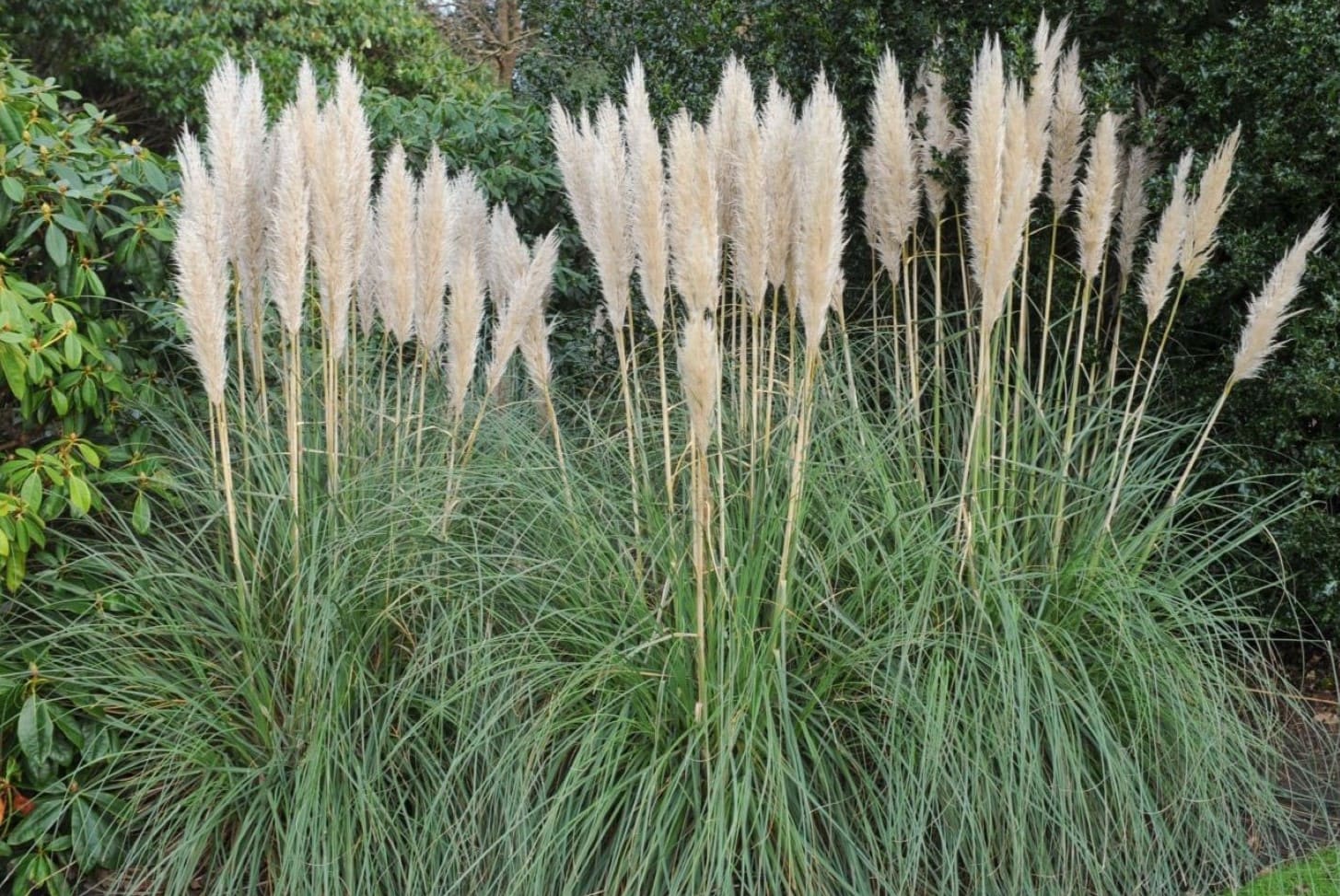
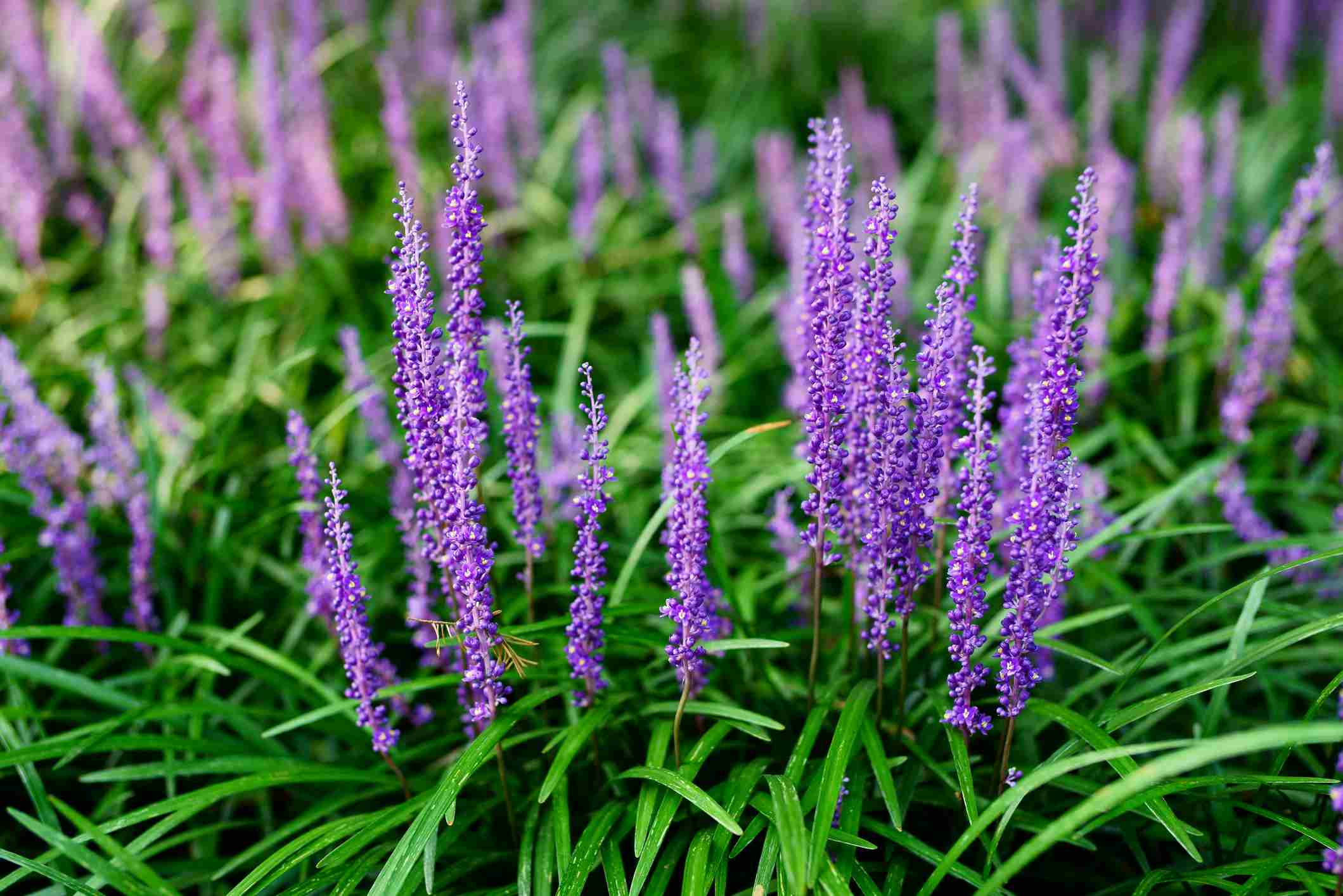

0 thoughts on “When Is It Too Cold To Cut Grass”